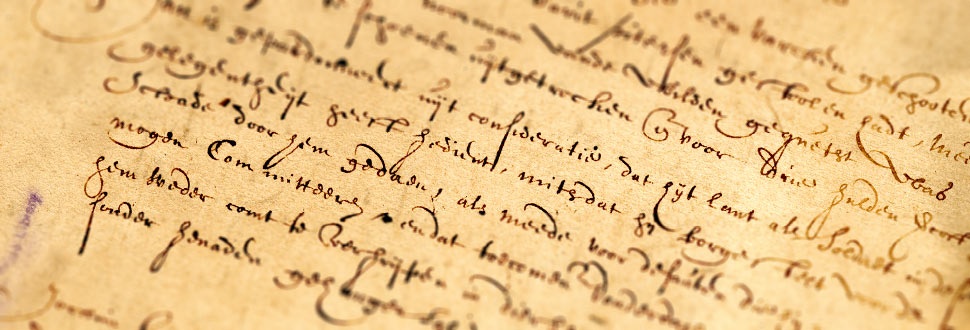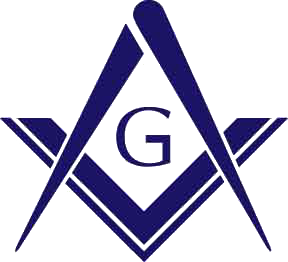Schools of thought give different answers. Some authorities think that as blue has from ancient Biblical times been associated with truth, with Deity, with wisdom and hope; that, as Mackey taught, the blue of the Old Testament is a translation of the Hebrew teklet, which is derived from a root meaning perfection, blue came into masonry as is color by a natural association. Others believe that as our ancient brethren met on hills and in vales, over which the blue vault of heaven is a ceiling; that as Jacob in his vision saw the ladder ascending from earth to heaven; that the covering of a lodge is a clouded canopy or starry decked heaven, these allusions seem to connote that blue, the color of the sky, is that of all celestial attributes for which Masons strive.
Man’s earliest god was the sun. The sun rose, traveled, and set in a real of blue; to associate the color with Deity was inevitable. Blue also is the color of the ocean, of mountain streams, of lakes of good drinking water–that blue should also become emblematic of purity is equally natural.
The Grand Lodge of England in 1731 changed from a previous determination that white was the Masonic color and denominated blue as that hue. A noted English Masonic student Fred J. W. Crowe wrote: (1) that the Order of the Garter was the most famous Order of Knighthood in existence; (2) that Freemasons, in adopting the color (Garter blue) attempted to add to their dignity and the growing prestige of Grand Lodge Officers; (3) that two Grand Masters prior to the adoption of “Garter blue” were John, Duke of Montagu (Grand Master in 1721) and Charles, Duke of Richmond (Grand Master in 1724) both Knights of the Garter; (4) the Duke of St. Albans and the Earl of Chesterfield were both Craftsmen and Knights of the Garter and (5) Bro. John “Antis” (Anstis), member of the University Lodge, of which Dr. Desaguilers and other Masonic notables belonged, was Register of the Order of the Garter.
The two theories which find the most believers are (1) the adoption of the color by early operative Freemasons because of an age-old association of blue with those virtues which are peculiarly Masonic (2) the adoption of the color by early Grand Lodge in imitation of the nobility and the fame of the color of the most famous Order of Knighthood in the world.
Taken from “One Hundred One Questions about Freemasonry”


